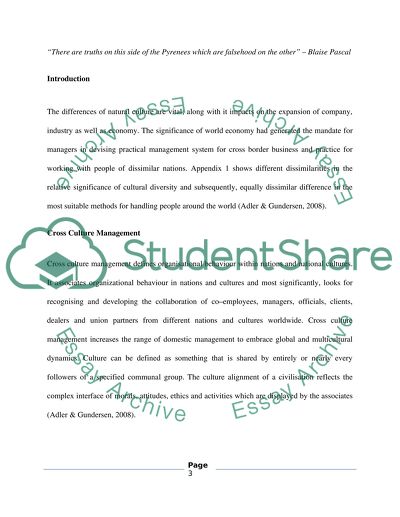Cite this document
(“Cross Culture Management: An Impact of Academic Literature on National Essay”, n.d.)
Retrieved from https://studentshare.org/culture/1430014-assess-the-usefulness-of-the-major-academic
Retrieved from https://studentshare.org/culture/1430014-assess-the-usefulness-of-the-major-academic
(Cross Culture Management: An Impact of Academic Literature on National Essay)
https://studentshare.org/culture/1430014-assess-the-usefulness-of-the-major-academic.
https://studentshare.org/culture/1430014-assess-the-usefulness-of-the-major-academic.
“Cross Culture Management: An Impact of Academic Literature on National Essay”, n.d. https://studentshare.org/culture/1430014-assess-the-usefulness-of-the-major-academic.


